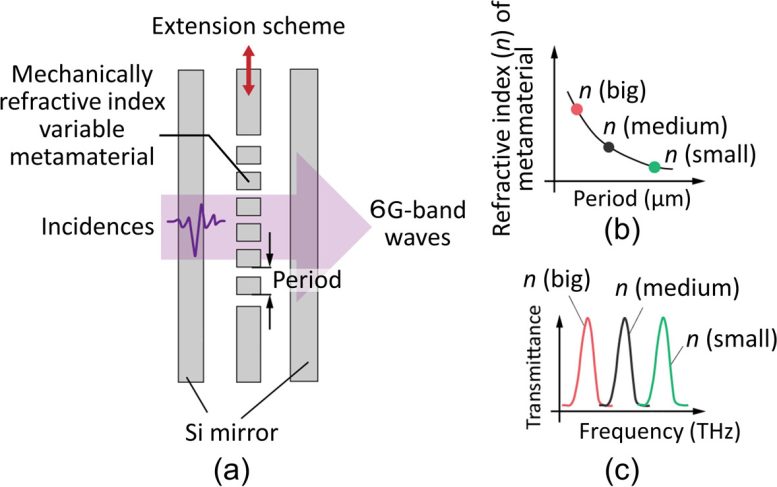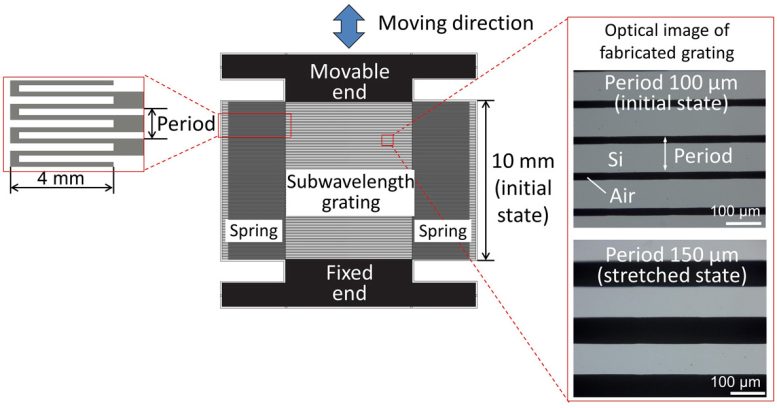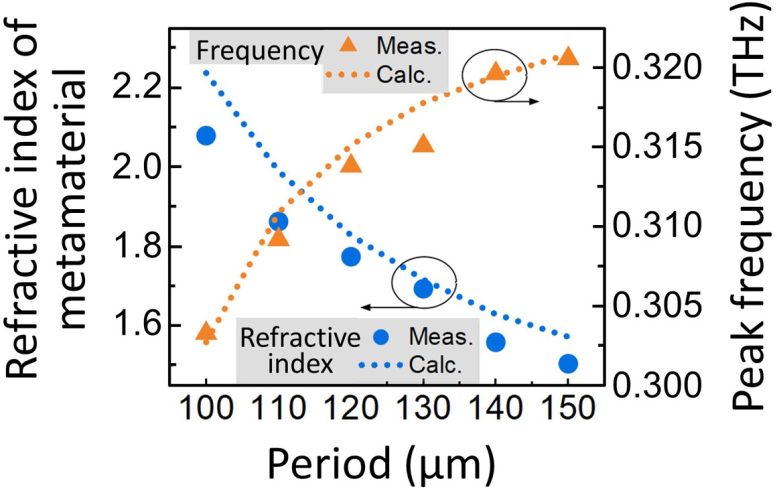
Tohoku University researchers have developed a tunable filter for terahertz wave signals, facilitating higher transmission rates and improved signal quality. This breakthrough, crucial for the advancement of terahertz applications in communication, medical imaging, and industrial analysis, promises to unlock the full potential of terahertz waves across various fields.
Terahertz frequency electromagnetic waves hold significant promise for advancements in communication, as well as scanning and imaging technologies. However, harnessing their potential is fraught with obstacles. A team from Tohoku University has made a breakthrough by creating a new kind of adjustable filter specifically for the terahertz wave spectrum. Their findings were published in the journal Optics Letters.
Terahertz waves occupy a region of the electromagnetic spectrum between microwave and infrared frequencies. They have a higher frequency (shorter wavelength) than radio waves, but a lower frequency than visible light. The increasingly congested radio wave spectrum carries the vast amount of data transmitted by WiFi, Bluetooth, and current mobile phone (cellphone) communications systems.

Schematic concept of the developed tunable filter. (a) Cross-sectional view of the filter; (b) relationship between period and refractive index; (c) frequency shift due to the change of refractive index. Credit: Ying Huang et al.
The congestion of signals in lower frequency parts of the electromagnetic spectrum is one incentive for exploring the options in the terahertz region. Another is the capacity to support ultra-high data transmission rates. A key challenge to using terahertz signals for routine application, however, is to be able to tune and filter the signals at specific frequencies. Filtering is required to avoid interference from signals outside of the desired frequency band.
Breakthrough in Terahertz Filtering
“We have constructed and demonstrated a frequency-tuneable filter for terahertz waves, which achieved a higher transmission rate and better signal quality than conventional systems, revealing the potential for terahertz wireless communications,” says Yoshiaki Kanamori of the Tohoku team. He adds that the work could also be more widely applied outside of the terahertz frequency band.
The new terahertz filter is based on a device called a Fabry-Perot interferometer, which, like all interferometers, relies on the interference patterns created when different waves of electromagnetic radiation interact with each other as they bounce between mirrors. The researchers’ version uses finely structured gratings, with gaps smaller than the wavelength of the interacting waves, as the material between the mirrors. Variable stretching of the gratings allows the fine control of their refractive index necessary to tune the interferometer’s filtering effect. This allows only the desired frequency to be transmitted. Using different gratings allows control over different selected frequency ranges.
Expanding Applications and Advantages
The team has demonstrated their system’s application for frequencies suitable for the next-generation (6G) mobile phone signals.
“In addition to our method’s application in communications systems, we also envisage uses in scanning and imaging technologies in medicine and industry,” Kanamori says.
One advantage of terahertz waves in scanning and imaging is that they can readily penetrate materials, including biological tissues, that block the passage of light. In addition to medical applications, this can offer opportunities for materials analysis, security systems and quality control in manufacturing.
“Overall, our work offers a simple and cost-effective method to filter and actively control terahertz waves, which could advance their use in many applications,” Kanamori concludes.
Reference: “Tunable Fabry–Perot interferometer operated in the terahertz range based on an effective refractive index control using pitch-variable subwavelength gratings” by Ying Huang, Naoki Inomata, Taiyu Okatani, Yoshiaki Kanamori and Yangxun Liu, 14 February 2024, Optics Letters.
DOI: doi:10.1364/OL.515504











And don’t forget “flying bombs” as well as the benefits 6G might confer to scammers on the internet!
Post comment Email upskil, uprising for improvement awareness aways as we grow and survive successfully every day.